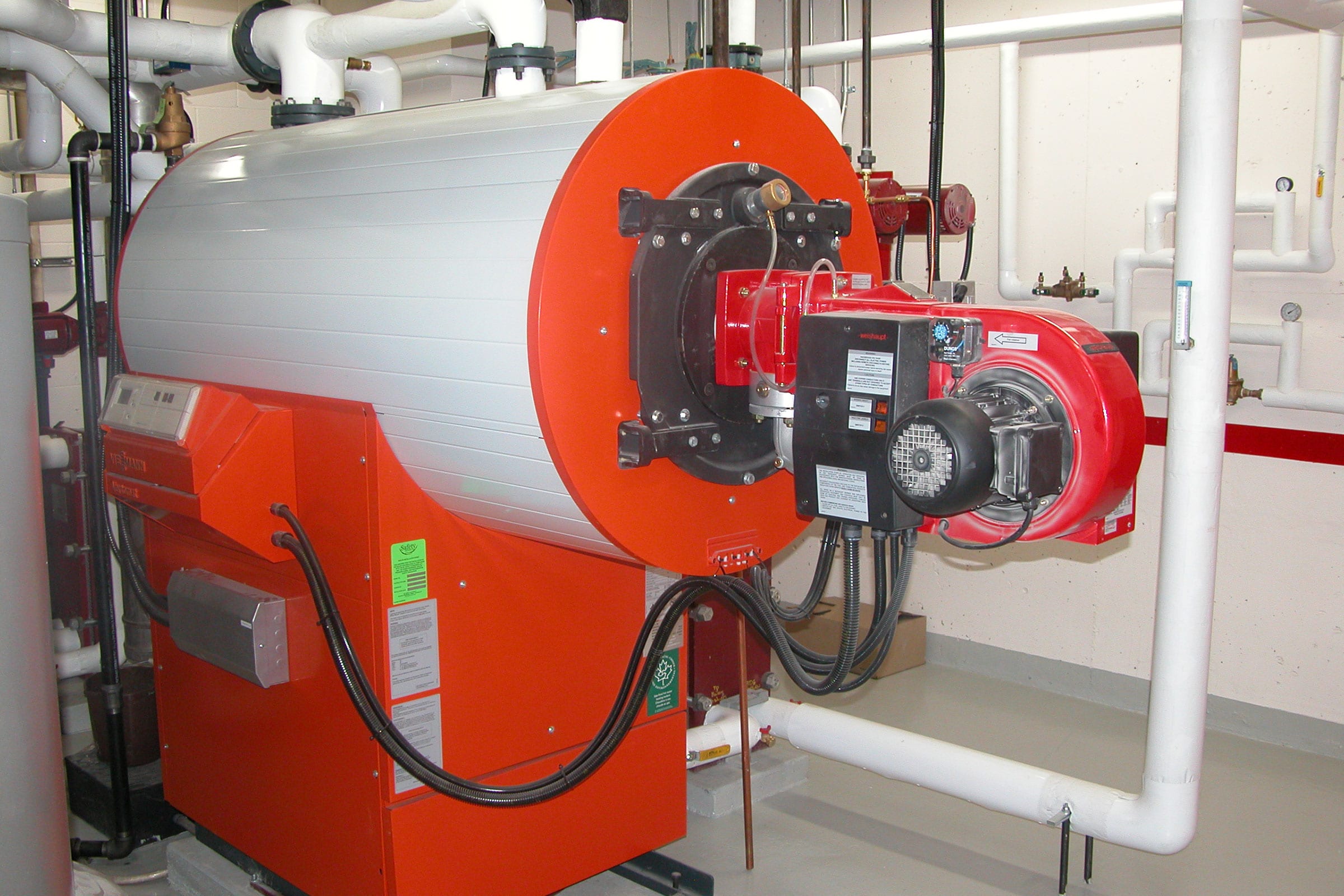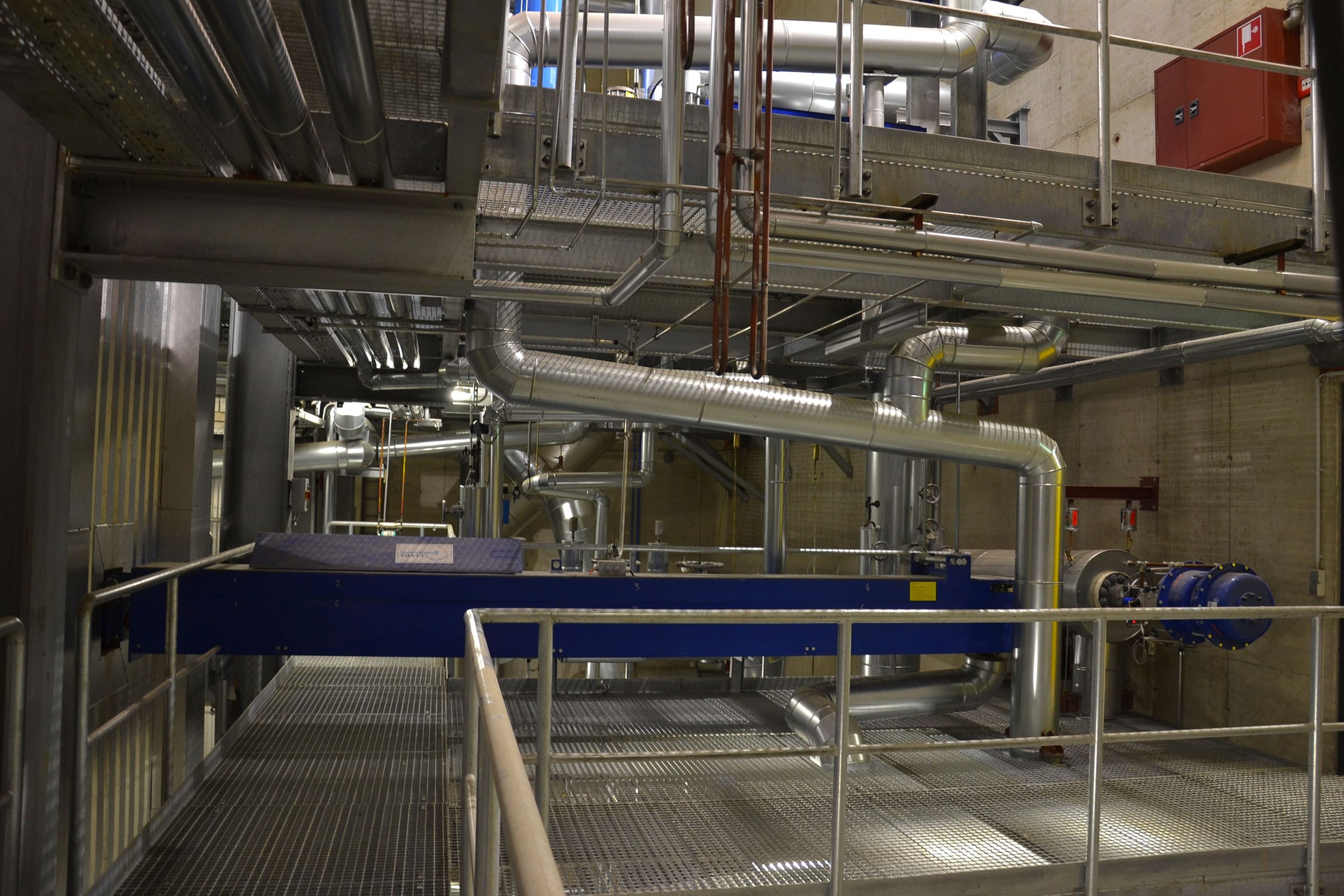There’s a multitude of information, terminology, applications, and basic principles related to boilers and sootblowers that power plant personnel should be aware of.
Getting the most out of your boiler through healthy thermal efficiency and flue gas temperatures is essential for maximum capabilities. Certain cleaning and maintenance steps are needed to keep operations running smoothly and safely.
However, before operators can perform proper maintenance and cleaning, they’ll need to have a general understanding of certain terminology associated with their sootblower.
Basic Sootblower Terminology
The glossary associated with sootlbowers can be quite extensive. We took some of the more common terms necessary for sootblower operation and elaborated on them for the general knowledge of our readers.
Peak impact pressure — refers to the pressure that lies along the centerline of the sootblower nozzle. This pressure is measured downstream from the nozzle outlet.
The best way to maximize the efficiency of peak impact pressure is to find a nozzle that receives a concentrated jet at the furthest possible distance from the nozzle outlet.
Cleaning radius — is the unobstructed distance that your sootblower can clean between the sootblower nozzle outlet and the surface.
Cleaning mediums — are the substances that are utilized to clean ash or soot buildup on your boiler tubes. These could be:
- Saturated steam
- Superheated steam
- Compressed air
- Water
Cleaning mediums can also be comprised of a combination of the substances stated above.
Jet progression velocity — is the velocity of a concentrated jet of a cleaning medium that passes over a surface. This velocity is achieved as a result of the rotational speed and distance of the nozzle from the desired surface.
Lance tube — for retractable-type sootblowers, this tubular piece moves in and out of the flue gas passages and combustion zone.
An Element — essentially performs the same mechanisms as the lance tube, but does not move in and out of the flue gas passage. It remains inside the entire time.
Tube bank penetration — refers to the maximum cleaning distance inside of the bank of tubes.
Wall box — is made for the cleaning box. It is typically at the opening of the boiler wall and gives structural support for your cleaning devices. It also helps prevent flue gas from escaping when the lance is retracted.
Feed tube — feeds the cleaning medium. It’s a stationary tube that provides the cleaning medium for the rotating element or moving lance tube.
 Maintenance Tips
Maintenance Tips
Cleaning your sootblower or boiler depends on the different areas that need attention.
Furnace
The furnace has a few components that require cleaning, as different types of buildup or deposits may be present. For example, your furnace walls, slopes, and the floor will see mainly noncombustible components — like ash. Depending on where the ash sits, it may be heavier and fall, which leads to a buildup of bottom ash.
Depending on the composition, ash can be taken care of with simple online steam cleaning. However, certain concentrations can fuse together into a difficult to remove sheet called slag. Removing slag typically requires more intensive methods like online water cleaning.
The various cleaning devices that can help clean boiler wall tubes and other surfaces include waterlances, short retractable wall sootblowers, selective pattern waterlances, and other retractable systems.
Back Pass and Economizer
Most cooler convection pass banks implement spaced heat transfer arrangments that are tightly spaced, which can have a real impact on the deposit characteristics. They are typically non-sintered and dusty — and often have popcorn ash with them.
These ash deposits start off thin but buildup after a while. For the most part, fixed position sootblowers work best for loose or thin layers. If the buildup is more compacted, a rake-type sootblower can get the job done.
Convection Pass
Convection passes are split up into different regions. The first part of the pass is crucial for online boiler cleaning and shouldn’t be ignored. Flue gas that moves through this passage typically comes with a lot of ash particles that can heat up into a semi-molten state. Retractable sootblowers work best, but areas where ash is in extremely high temperatures, it may not be enough.
Here’s a list of potential options for cleaning your convection pass (in no particular order):
- Extended lance sootblowers
- Sootblower nozzle performance
- Sootblowing control
- One-way cleaning
- Long retractable sootblowers
- Oscillator sootblowers
- Extended lance sootblowers
Air Heater
Utility steam generating plants use regenerative air heaters most. These air heaters usually collect ash heating surface elements or potentially baskets. Flow path blockage can be found at the leading edge of the element, leading to buildup — while ash can also collect on the basket gas inlet. Corrugated plates can also collect ash in between them.
However, air heaters have colder ends, which are also susceptible to moisture build. As you could imagine, ash sticks to wet areas and can cause a problem.
Straight-line sootblowers and swing arm sootblowers work well with removing deposits from these areas. Low-velocity applications are ideal, as they prevent thin metal components from damage.





